A Coriolis mass flow meter is a precision instrument that measures the mass flow rate of a fluid by leveraging the Coriolis effect. The flow meter offers the most accurate and repeatable mass measurement for liquids or slurries. This meter offers the most accurate measurement available for virtually any process fluid while exhibiting exceptionally low pressure drop.
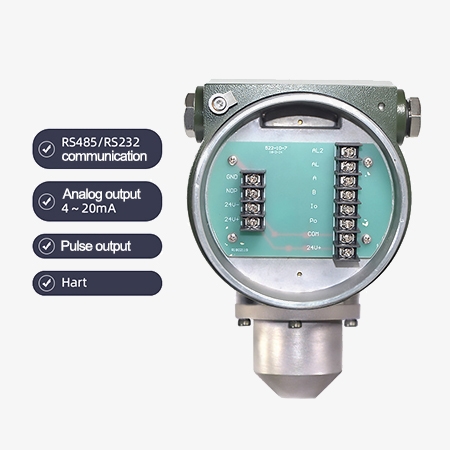
Diverse communication and signal output modes of Coriolis mass flow meters
- RS485/RS232 Communication: Coriolis mass flow meters often support RS485 or RS232 communication interfaces, allowing for reliable serial communication over long distances. These interfaces are commonly used in industrial automation systems for data transmission between devices.
- Analog Output (4-20 mA): The 4-20 mA analog output is a standard signal used to transmit flow rate information to control systems. It is widely recognized for its simplicity and reliability in various industrial applications.
- Pulse Output: Pulse output provides discrete signals corresponding to the measured flow, typically used for totalizing or triggering specific actions. The number of pulses can be directly proportional to the volume or mass of the fluid passing through the meter.
- HART Communication: HART (Highway Addressable Remote Transducer) is a communication protocol that allows digital communication over the same wires used for analog signals. It enables two-way communication between the flow meter and control systems for remote configuration, diagnostics, and data acquisition.
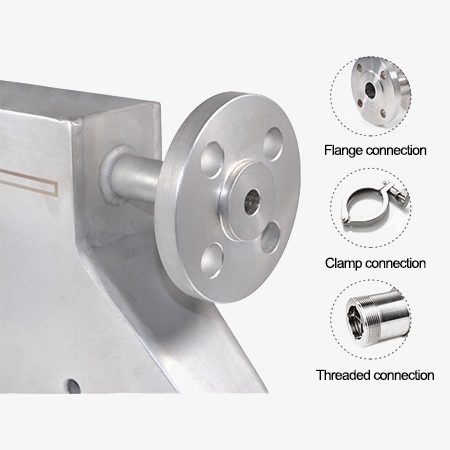
Three connection options for a Coriolis mass flow meter
- Flanged Connection: Flanged connections are commonly used in industrial applications, offering a robust and secure method for attaching the flow meter to the piping system. Flanges are bolted together, providing a strong seal suitable for high-pressure environments.
- Tri-Clamp (Hygienic) Connection: Also known as clamp or sanitary connections, tri-clamp connections are widely used in industries requiring high levels of cleanliness, such as food and beverage, pharmaceuticals, and biotechnology. They allow for easy disassembly and cleaning.
- Threaded Connection: Threaded connections are often used in smaller pipelines and systems where the flow meter can be screwed directly into the pipe. They are convenient for lower-pressure applications and can be easier to install and maintain.
Application
SISCO flow meter calculates the mass flow rate of the fluid based on the power required to maintain the constant temperature difference. Thermal mass flow meters are commonly used in applications where precise measurement of gas flow is required, such as in biotechnology, medical equipment, scientific research, chemical and petrochemical industries.
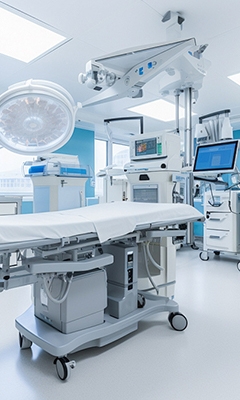
Medical Equipment
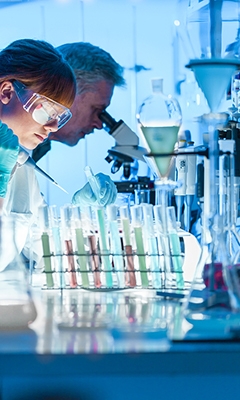
Scientific Research
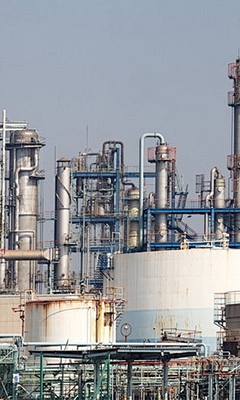
Petrochemical Industry
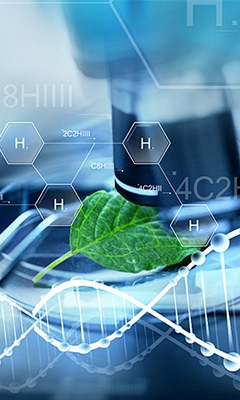
Biotechnology
| Model | SISCO-FM-CM |
| Measuring Medium | Various gases (Except the acetylene) |
| Pipe Size | 1/4 inch-4 inch |
| Working Pressure | 1.6 MPa, 4.0 MPa, 6.3 MPa, 12 MPa, 16 MPa |
| Measuring Range | 0-152 Nm³/h |
| Installation Method | Flange, clamp, quick connect |
| Accuracy | ±1~2.5% |
| Display | 128*64 LCD display; Window size: 54x40mm (W*H) Φ80mm |
| Display Accuracy | 0.02% |
| Unit | Mass flow rate: g/h, kg/h, t/h, g/m, kg/m, t/m, t/s, kg/s, g/s, lb/h, lb/m, lb/s |
| Total flow: g, kg, t,lb | |
| Volume flow rate: ml/h, l/h, m³/h, ml/m, l/m, m³/m, ml/s, l/s, m³/s, gal/h, gal/m, gal/s | |
| Total volume: ml, l,gal, m³, | |
| Density: kg/m³, g/cm³ | |
| Temperature: ℃, F, K | |
| Ambient Temperature | -30~+60℃ |
| Output Signal | 0~10000Hz pulse frequency signal: flow signal (open collector signal) |
| Equivalent pulse signal: flow signal | |
| 4~20mA Current signal: choose one signal from flow rate, density, temperature | |
| Current output load capacity is not less than 750Ω(24VDC power supply) | |
| Accuracy: Pulse signal 0.05% | |
| Current signal 0.2% | |
| Communication signal: RS485, MODBUS protocol | |
| Power Supply | 18~36VDC power:7W |
| 85~265VAC power: 10W | |
| Protection | IP67 |
| Ex-proof | Ex db iaⅡCT6Gb |
| Dimension | Φ125×180mm |
| Material | The measuring tube SS316L, Housing: SS304 |
Q1: What is a flow meter?
A1: A flow meter is a device that measures the flow rate or volume of a fluid, such as a liquid or gas, as it moves through a pipe or conduit. It provides real-time data on the amount of fluid passing a specific point, which is crucial for monitoring and controlling industrial processes, ensuring accurate dosing, and optimizing system performance. Flow meters come in various types and technologies, each suited for different applications and fluid properties.
Q2: How often should flow meters be calibrated?
A2: The frequency of flow meter calibration depends on several factors, including:
- Application Requirements: High-precision applications may require more frequent calibration.
- Fluid Type: Corrosive or abrasive fluids may necessitate more regular checks.
- Operating Conditions: Extreme temperatures, pressures, or high flow rates can affect accuracy.
- Manufacturer Recommendations: Follow the guidelines provided by the flow meter manufacturer.
- Regulatory Standards: Some industries have specific calibration requirements.
As a general rule, flow meters are often calibrated annually, but this can vary. It’s also advisable to calibrate whenever there is a significant change in process conditions or if the flow meter shows signs of drift or performance issues.
Q3: What factors can affect flow meter accuracy?
A3: Several factors can affect the accuracy of a flow meter:
- Fluid Properties: Changes in fluid density, viscosity, or temperature can impact accuracy. For instance, varying fluid densities can affect measurement, especially in vortex and electromagnetic flow meters.
- Flow Conditions: Turbulence, flow profile, and pressure drops can influence measurements. Inaccurate readings can occur if the flow is not properly aligned with the meter.
- Installation Issues: Incorrect installation, such as improper pipe alignment or insufficient straight pipe sections before and after the meter, can cause inaccuracies.
- Temperature: Extreme temperatures can affect fluid properties and the meter's components, leading to measurement errors.
- Pressure: Variations in pressure can alter fluid density and viscosity, impacting flow meter accuracy.
Tips: What is a Coriolis mass flow meter?
A Coriolis mass flow meter is a highly accurate instrument that measures the mass flow rate of a fluid by utilizing the Coriolis effect. This effect occurs when the fluid flows through vibrating tubes, causing a detectable twist or phase shift in the tubes. The meter calculates the mass flow rate based on this twist, and it can also measure other parameters like density and temperature. Its ability to provide direct mass flow measurements without needing additional pressure or temperature compensation makes it ideal for precise and reliable flow measurements in various industries, including chemical processing, food and beverage, and oil and gas.
Thank you for buying industrial test and measurement equipment on SISCO.com, all products sold by SISCO and the partner cover a 12 months warranty, effective from the date of receiving the products.
What is covered?
SISCO is responsible for providing free spare parts, and free technical support to assist the customer to repair the defective products until the problem is solved.
What is not covered?
- Product purchased from anyone other than a SISCO store or a SISCO authorized reseller.
- Expendable parts.
- Routine cleaning or normal cosmetic and mechanical wear.
- Damage from misuse, abuse or neglect.
- Damage from use of parts other than SISCO approved.
- Damage from use outside the product’s usage or storage parameters.
- Damage from use of parts not sold by SISCO.
- Damage from modification or incorporation into other products.
- Damage from repair or replacement of warranted parts by a service provider other than a SISCO authorized service provider.
- Damage caused by the application environment not meeting the product usage requirements and the failure to perform preventive maintenance.

